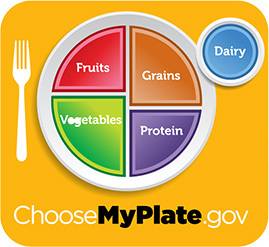Happy International Waffle Day everyone!
Waffles are the best way to bring everyone together for breakfast, lunch, or dinner. And what is the perfect waffle incomplete without? Locally made Maple Syrup, of course!
Here in the North Country we have lots of sugar houses to visit. We even have a Maple Weekend April 2nd and 3rd where different maple producers in the Lewis, Jefferson, and St. Lawrence counties host open houses and free activities between 10am and 4pm.
The goal of Maple Weekend is �to educate the public about New York�s maple farming processes and traditions and to provide a chance to taste pure maple syrup in its many forms - right from the source.�
Want to test your Maple Syrup knowledge?
1. Syrup is done when it reaches what percentage sugar?
56%
66%
75%
Source: New York State Maple Producers Association
__________________________________________________________
2. Each tablespoon of maple syrup provides about what percentage of the recommended daily amount of potassium?
� 6%
� 10%
� 18%
� 29%
Source: USDA
___________________________________________________________
3. Which has the most calories? A quarter cup of:
� Maple syrup
� Honey
� White sugar
� Brown sugar
Source: USDA
___________________________________________________________
Answers:
1: 66%
2: 10%
3: Honey
How�d you do? Think you could stand to learn a little bit more about Maple Syrup and the process that goes into making it? Great! We�ll see you on Maple Weekend. To find out more information about the weekend and what sugar houses are participating, visit http://www.nysmaple.com/nys-maple-weekend .











